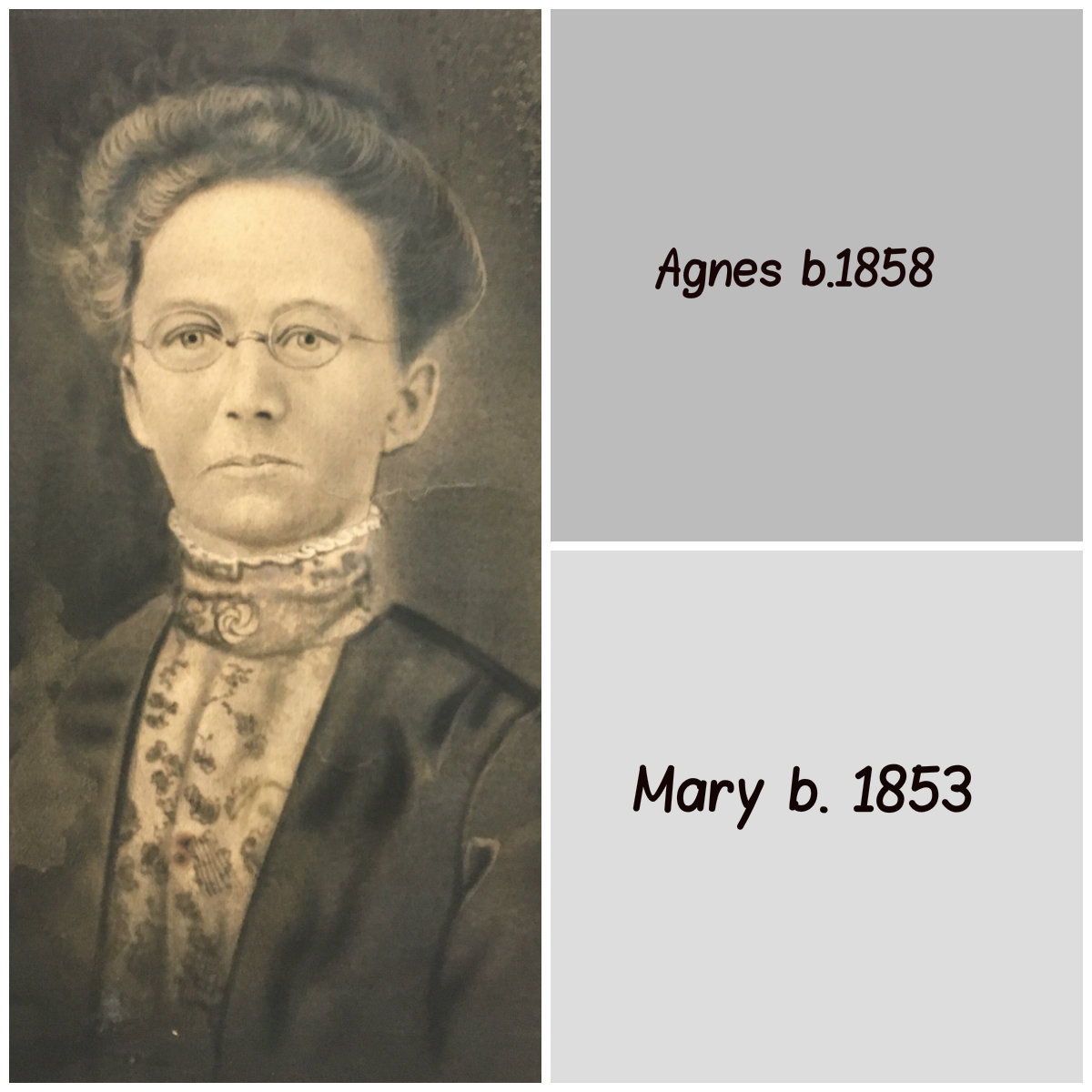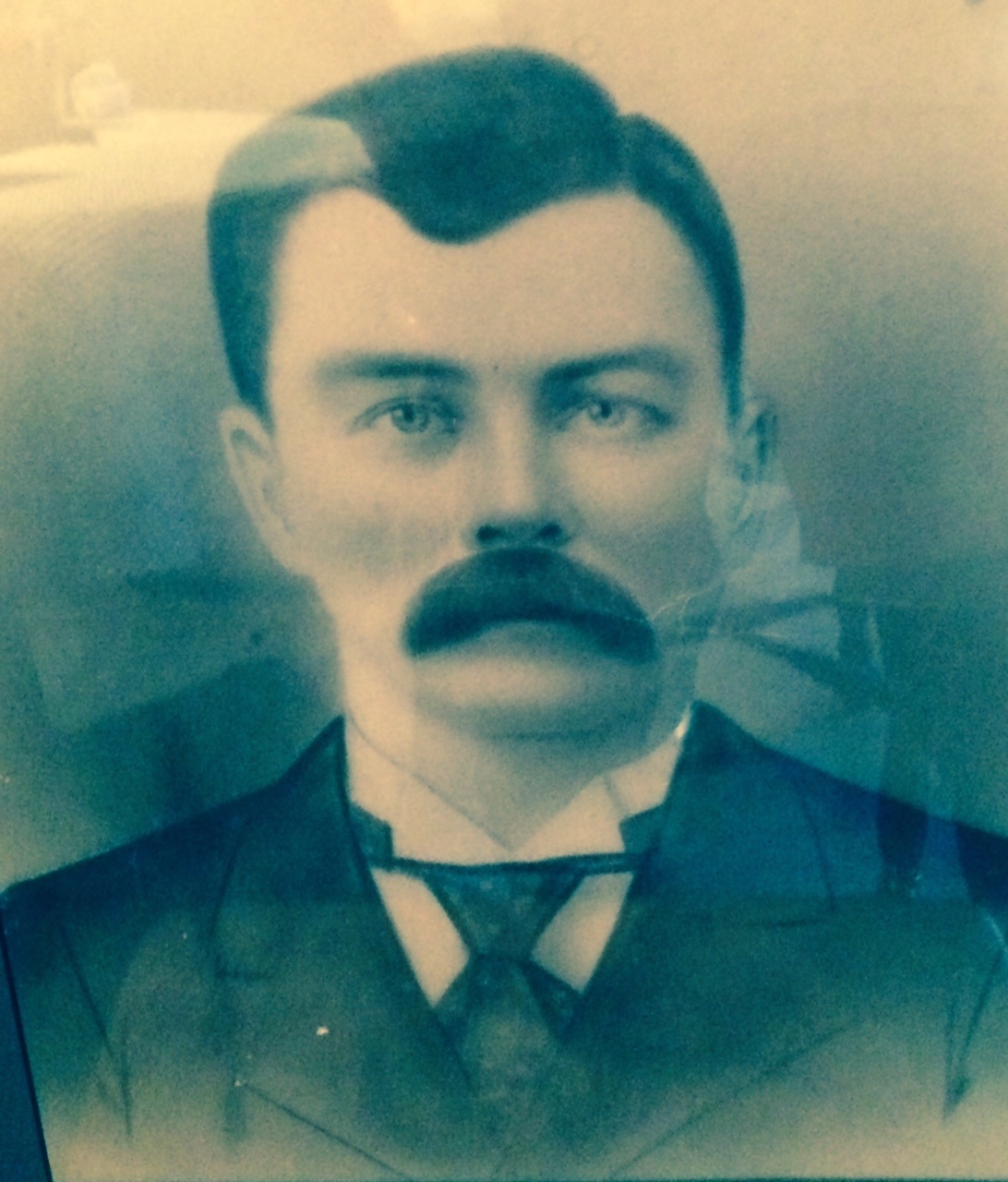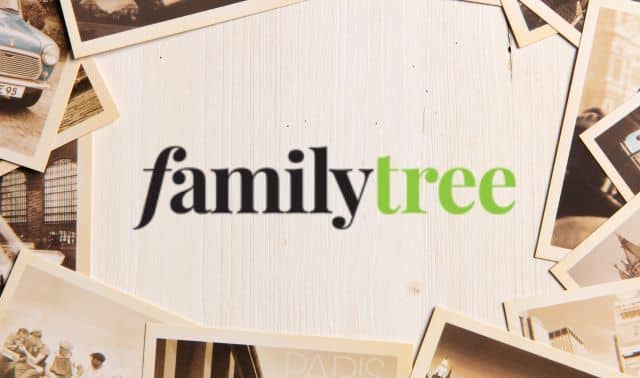Sign up for the Family Tree Newsletter Plus, you’ll receive our 10 Essential Genealogy Research Forms PDF as a special thank you!
Get Your Free Genealogy Forms
"*" indicates required fields
Three weeks ago I posted about a crayon portrait owned by Joan Klein in Which Grandmother is it? Joan wrote and said she’s going to use DNA to locate other information and possibly images.
DNA can help you connect to other relatives, and it’s a good idea to ask about family history “stuff” those matches might own. I’ve had a number of people tell me that DNA was just the first step. Those new cousins shared pictures and stories that helped solve quite a few family mysteries.
A nice email from a reader asked me to revisit the topic and dig a little deeper.
Could there be other pictures of these women?
Whether or not an ancestor had a picture taken during their lifetime depended on several factors, like the availability of photography in their area, the family’s economic status and whether or not the person liked being photographed. Not every family had a camera.
While it’s true that more photographs were taken in each successive generation, that doesn’t mean that more photographs exist of certain relatives. Even if they were taken, it’s possible they didn’t survive or that they were parceled out to other relatives. Joan is using DNA to try to find more pictures.
Why does she look uncomfortable?
In the daguerreotype era, it could take up to 30 minutes to sit for a picture, but by the time this picture was taken, the sitting time was way under a minute. She could feel uncomfortable posing for a picture, or the solemn expression on her face could reflect how seriously she took having a picture taken.
Is this what she really looked like?
This crayon portrait rendered by a photographic artist may not accurately represent this woman’s appearance. She looks quite young, but that could be an “artistic face-lift.” Occasionally I’ve been shown crayon portraits and the original pictures from which they were created. The biggest difference between the two is the number of lines on someone’s face. Artists wanted their customers to be very happy with the final product.
It’s also possible that this woman’s crayon portrait was based on a picture she had taken years earlier.
Could this be a memorial portrait?
The short answer is yes, but crayon portraits aren’t always memorial pieces. Sometimes couples had them done around the time of their wedding, in other cases men had them made when they’d started a business or reached a milestone. Anniversary portraits were also popular.
What about the picture of the grandfather?
Here it is. This picture is either John Gordner (1851-1939) or Charles Carroll Steck (1855-1926), the husbands of the woman shown above. This blue-eyed man could be either.
The style of this portrait is very different from the one of the mystery grandmother. This was done earlier and by a different artist. The tie, shirt collar and suit combined with the mustache and hair suggest a date from the early 1890s. It’s another mystery for Joan to solve.
Who do I think the woman in the portrait is? It could be Agnes, who died in 1907, but proof is needed. Fingers crossed that DNA provides Joan with more than genetic cousins.
Identify your old mystery family photos with these guides by Maureen A. Taylor:
ADVERTISEMENT






